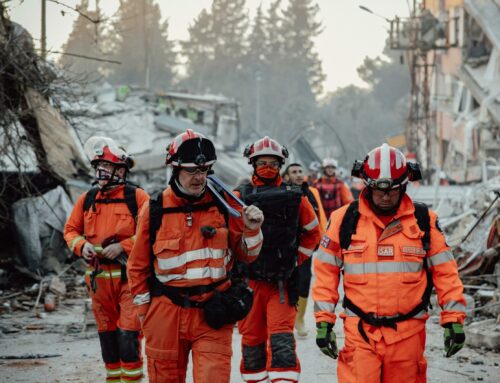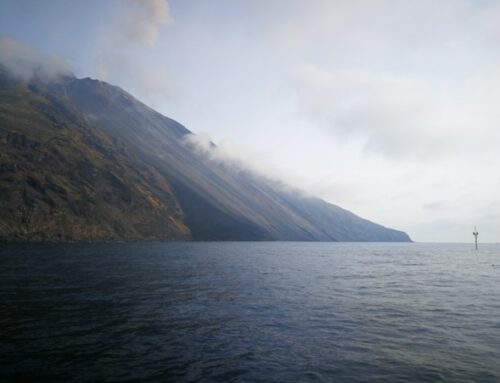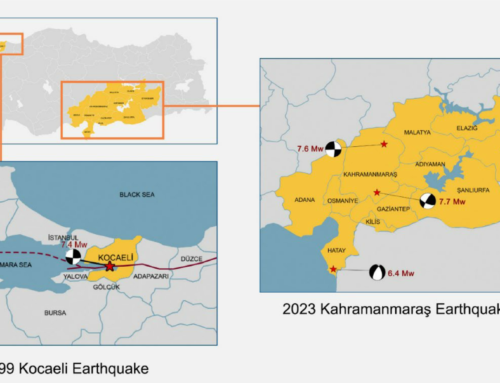Hylke de Vries, KNMI
Part of the PARATUS project is devoted to developing present-day and future impact risk chains for a number of regions around the world. One of these regions is the Caribbean, prone to the strong winds and low air pressures of tropical cyclones and their corresponding storm surge that are driving coastal flooding. To protect coastal communities from the impacts of tropical cyclones, it is important to understand how the impact of tropical cyclones might change towards the future. Researchers from KNMI and VU-university used a recently created set of high-resolution (i.e., tropical cyclone resolving) regional climate model simulations for that area, to investigate this subject. They applied a storyline approach to show what tropical cyclones Maria (2017) and Dorian (2019) could look like in a 2 °C and 3.4 °C warmer future climate, in particular the change in storm surge height. The figure above (which is a copy of Figure 4 from the paper) shows the storm surge height and the changes in the two story lines for both hurricane Maria (top row) and hurricane Dorian (bottom row).
The results clearly show that future changes in storm surge heights are not negligible compared to end‑of‑the‑century sea level rise projections, an aspect that is sometimes overlooked in large‑scale assessments of future coastal flood risk. Moreover, the methodological tools required obtain these results were specifically created for this study. They might be used in further studies or be applied to other historic tropical cyclones, such as Irma (2017).
For the PARATUS project itself the output is relevant as it highlights the complexity met when trying to studying impact chains and changes thereof in a possible future climate.






